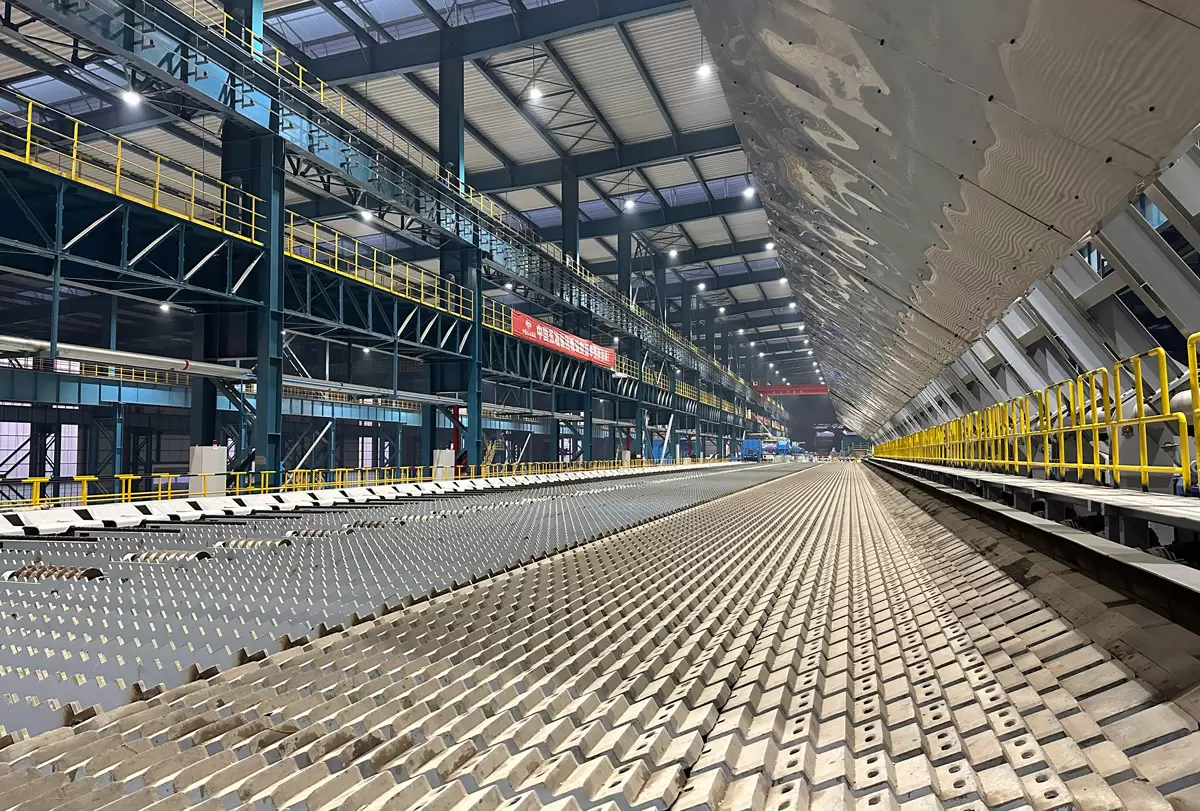In today's digital age, filters play a crucial role in enhancing the quality of various industries, ranging from photography to water treatment. However, when multiple filters are used in a system, a common question arises: Which filter goes first? This blog post aims to provide a comprehensive guide to help you understand the optimal order of filters in different industries. By considering the principles of filtration and the specific requirements of each industry, we can make informed decisions and maximize the efficiency of our filtration systems.
- Understanding Filtration Principles:
Before delving into the specific industries, it is essential to grasp the fundamental principles of filtration. Filters are designed to remove impurities, contaminants, or unwanted particles from a fluid or gas stream. The order in which filters are arranged can significantly impact their effectiveness and longevity. Generally, filters are categorized into three types: pre-filters, primary filters, and post-filters. - Photography Industry:
In the realm of photography, filters are used to enhance image quality, control light, and add creative effects. When using multiple filters simultaneously, the order of placement is crucial. The general rule of thumb is to place the filter with the most significant impact on image quality first. For example, a UV filter should be placed before a polarizing filter to prevent unwanted glare and reflections. - HVAC Systems:
In heating, ventilation, and air conditioning (HVAC) systems, filters are essential for maintaining indoor air quality. The correct order of filters is vital to ensure optimal performance and energy efficiency. In this case, the primary filter, such as a high-efficiency particulate air (HEPA) filter, should be placed before the pre-filter. This arrangement prevents larger particles from clogging the primary filter, prolonging its lifespan and reducing maintenance costs. - Water Treatment:
Water treatment processes involve multiple stages of filtration to remove impurities and ensure safe drinking water. The order of filters in this industry depends on the specific contaminants present. Generally, a pre-filter, such as a sediment filter, is placed before the primary filter, such as an activated carbon filter. This arrangement removes larger particles and sediment before the water passes through the primary filter, maximizing its effectiveness. - Industrial Processes:
In various industrial processes, such as pharmaceutical manufacturing or chemical production, filters are crucial for maintaining product quality and safety. The order of filters in these industries depends on the specific requirements of each process. Typically, a pre-filter is placed before the primary filter to remove larger particles and protect the primary filter from premature clogging. Post-filters may also be used to ensure the removal of any remaining impurities.
Conclusion:
Determining the optimal order of filters is essential for achieving the best results in different industries. By understanding the principles of filtration and considering the specific requirements of each industry, we can make informed decisions. Whether it's in photography, HVAC systems, water treatment, or industrial processes, the order of filters plays a vital role in maximizing efficiency and maintaining the longevity of the filtration system. Remember, the key is to prioritize the filter with the most significant impact on the desired outcome. So, next time you ask yourself, Which filter goes first? refer to this guide for a well-informed decision.



More Stories
shoe covering the potential risks and preventive measures of excessive machine load
The Rise of Eco-Friendly Tobacco: Trends Shaping the Industry
美食